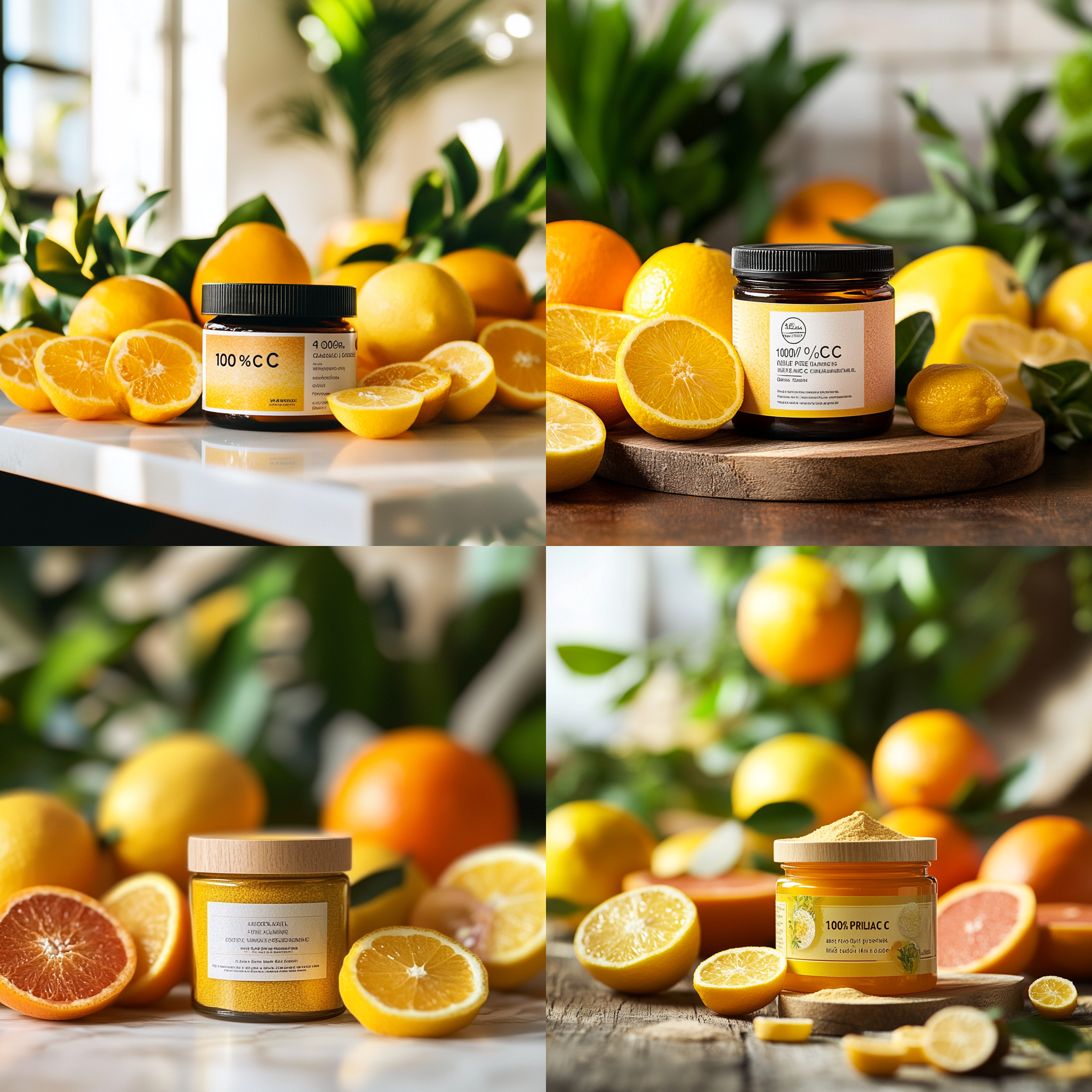AI数智助力外贸企业新营销
1+AI外贸新营销:品牌出海、推广引流、客户开发,变得如此简单
重构国际传播链路
全球流量收割引擎
智能交互增长中枢
全球贸易雷达系统
外贸极客能为您带来什么?
技术优势
先锋客户案例
无忧服务体验

个性化服务与培训
我们提供专门的产品引导,帮助您了解如何充分利用外贸极客的全面功能。 定期举办在线培训和研讨会,持续更新营销知识与行业最佳实践。

赋能客户服务优化
我们深入了解您的企业需求,提供定制服务方案。提供详细的问题解决方案和改进措施记录,让服务过程完全透明化。
.png?x-oss-process=image/resize,h_1000,m_lfit/format,webp)
7x24小时技术支持
全天候客服,随时解答您在使用过程中的任何疑问。服务团队随时待命,确保无论您身处何地,都能获得及时帮助。
.png?x-oss-process=image/resize,h_1000,m_lfit/format,webp)
透明可追溯的服务历程
通过清晰的服务记录和定期的业务报告,随时审查服务品质和成效。提供详细的问题解决方案和改进措施记录,让服务过程完全透明化。
为什么选择AB客外贸极客
高效精准获客
营销效率提升
成交转化率提高
大幅降低运营成本
.png?x-oss-process=image/resize,h_100,m_lfit/format,webp)
.png?x-oss-process=image/resize,h_100,m_lfit/format,webp)

.png?x-oss-process=image/resize,h_100,m_lfit/format,webp)
.png?x-oss-process=image/resize,h_100,m_lfit/format,webp)
.png?x-oss-process=image/resize,h_100,m_lfit/format,webp)
.png?x-oss-process=image/resize,h_100,m_lfit/format,webp)





The Essential Ingredients Breakdown of Anti-Aging Whiteners
Introduction
In the competitive market of cosmetics, anti-aging whitening creams have grown in popularity due to their dual functionality. These products not only aim to diminish visible signs of aging but also brighten the skin tone, making them a sought-after choice for consumers aiming for a youthful appearance.
Key Ingredients
Understanding the ingredients within these creams is imperative for both marketers and consumers. Below are some essential components commonly found in anti-aging whitening moisturizers:
1. Vitamin C
As a potent antioxidant, Vitamin C is known for its skin brightening properties. Numerous studies have shown that it inhibits melanin production, thus contributing to a lighter complexion while also providing anti-aging benefits by promoting collagen synthesis.

2. Retinol
Another critical ingredient, Retinol, is a derivative of Vitamin A. Research highlights its ability to reduce the appearance of fine lines and wrinkles, improve skin texture, and enhance luminosity by increasing cell turnover.
3. Niacinamide
Niacinamide, also known as Vitamin B3, has gained recognition for its multifaceted benefits, including reducing uneven skin tone and improving the skin barrier. It works effectively against pigmentation and promotes a more radiant, youthful appearance.
Conclusion
In conclusion, the market for anti-aging whitening creams is constantly evolving, driven by consumer demand for effective skincare solutions. Incorporating the right ingredients not only enhances the efficacy of these products but also boosts brand credibility. Marketers and product developers must stay informed about the latest ingredient research to meet consumer expectations and maintain a competitive edge in the industry.
Recommended Products
















.png?x-oss-process=image/resize,h_500,m_lfit/format,webp)
.png?x-oss-process=image/resize,h_500,m_lfit/format,webp)
.png?x-oss-process=image/resize,m_lfit,w_200)

.png)
.png?x-oss-process=image/resize,m_lfit,w_200)
.png?x-oss-process=image/resize,m_lfit,w_200)





.png?x-oss-process=image/resize,h_200,m_lfit/format,webp)


.png?x-oss-process=image/resize,m_fill,h_600,w_600/format,webp)


.png?x-oss-process=image/resize,h_1000,m_lfit/format,webp)
.png?x-oss-process=image/resize,h_1000,m_lfit/format,webp)
.png?x-oss-process=image/resize,h_1000,m_lfit/format,webp)

.png?x-oss-process=image/resize,h_500,m_lfit/format,webp)
.png?x-oss-process=image/resize,h_500,m_lfit/format,webp)
.png?x-oss-process=image/resize,h_500,m_lfit/format,webp)














.png?x-oss-process=image/resize,h_500,m_lfit/format,webp)







